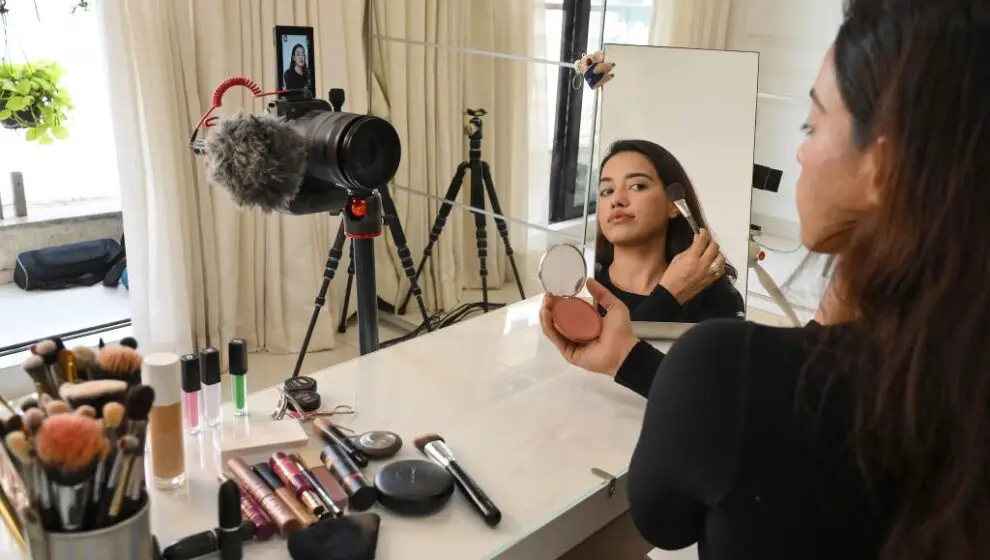The world’s largest video-sharing platform is feeling the pinch to incentivize content creators to shift from TikTok and Instagram to YouTube.
Key Details
- In a Tuesday blog post, Google-owned YouTube made a pair of announcements that are meant to make the platform more competitive with other video apps and content creators.
- The shopping-affiliate network will no longer be invite-only, which means users can tag brands in their channels and earn commissions from clicks and purchases through their affiliate links.
- Additionally, the requirements for joining the YouTube Partner Program are being loosened, allowing smaller creators to prioritize their YouTube channels through a new partnership tier.
- Channels with as few as 500 subscribers and a minimum number of views can seek monetization.
Why It’s News
Being a professional YouTuber or celebrity influencer has become a popular means for individuals with content-creation ideas or public images to make a living. YouTube specifically pays out a large portion of its shared advertising revenue to high-earning larger channels, splitting 45% to 55% of revenue with some creators. It has paid out more than $50 billion to thousands of creators, Fortune reports.
Regardless, tighter competition is creating the need for YouTube to make its partnership programs more competitive and attractive. As we previously reported, YouTube is grappling with new ways to compete with other video-sharing platforms like TikTok, Snapchat, and Instagram. TikTok has more than 150 million American users, nearly half of Americans. YouTube has followed TikTok’s format, introducing short-form video features and expanding options for monetization.
YouTube recently expanded its AI auto-translate programs, allowing large content creators to have their videos translated into multiple languages and expanding their reach globally. It also expanded its podcasting features and sought the broadcast rights for NFL Sunday Ticket.
“We want a system where when we do well, the creators do well. What we’re trying to do is optimize between giving the viewers the content they want and giving creators the right incentives to create that content and invest in future content,” YouTube VP Amjad Hanif tells Fortune.
